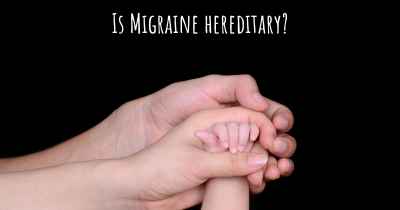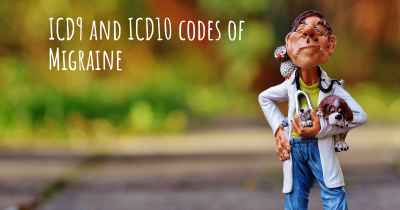What is the history of Migraine?
When was Migraine discovered? What is the story of this discovery? Was it coincidence or not?

Migraine is a neurological disorder characterized by recurrent headaches that can be moderate to severe in intensity. These headaches are often accompanied by other symptoms such as nausea, vomiting, and sensitivity to light and sound. The history of migraine dates back thousands of years, with evidence of its existence found in ancient civilizations.
Ancient Times:
The earliest known references to migraine can be traced back to ancient Mesopotamia, where clay tablets from around 2000 BCE describe symptoms similar to those experienced by migraine sufferers today. These tablets mention a condition called "hemicrania," which means "half of the head" in Greek. The term hemicrania was later adopted by the ancient Greeks and Romans to describe severe headaches.
Medieval and Renaissance Periods:
During the medieval and Renaissance periods, migraine was often associated with supernatural or demonic causes. Treatments involved various rituals, prayers, and even exorcisms. It wasn't until the 17th century that medical explanations for migraine started to emerge.
18th and 19th Centuries:
In the 18th century, the term "migraine" was first used to describe the condition. The word is derived from the Greek word "hemikrania" and the Old French word "migraine," both meaning "half of the head." During this time, physicians began to differentiate between migraines and other types of headaches.
20th Century:
In the early 20th century, researchers made significant advancements in understanding migraine. In 1938, the first effective migraine-specific medication, ergotamine, was introduced. This marked a major breakthrough in migraine treatment. Later, in the 1960s, triptans were developed, which became the gold standard for acute migraine treatment.
Recent Advances:
In recent decades, there have been significant advancements in understanding the underlying mechanisms of migraine. It is now recognized as a complex neurological disorder involving abnormal brain activity and neurotransmitter imbalances. The identification of specific genes associated with migraine has also shed light on its genetic basis.
Treatment and Management:
Today, there are various treatment options available for migraine management. These include both acute and preventive medications, lifestyle modifications, and alternative therapies. The development of new migraine-specific drugs, such as calcitonin gene-related peptide (CGRP) inhibitors, has provided additional options for patients.
Impact on Society:
Migraine has a significant impact on individuals and society as a whole. It is estimated that over one billion people worldwide suffer from migraines, making it one of the most prevalent neurological disorders. Migraine attacks can be debilitating, leading to missed work or school days and reduced quality of life.
Conclusion:
The history of migraine spans thousands of years, with ancient civilizations recognizing its existence. Over time, medical understanding and treatment options have evolved, leading to improved management of this neurological disorder. However, further research is still needed to fully understand the underlying causes of migraine and develop more effective treatments.
Posted Sep 28, 2017 by Catherine 2050
https://blog.themigrainereliefcenter.com/the-history-of-migraine-headaches
Posted Aug 21, 2021 by Debi 2500
Posted Nov 14, 2017 by Alejandro 2200








